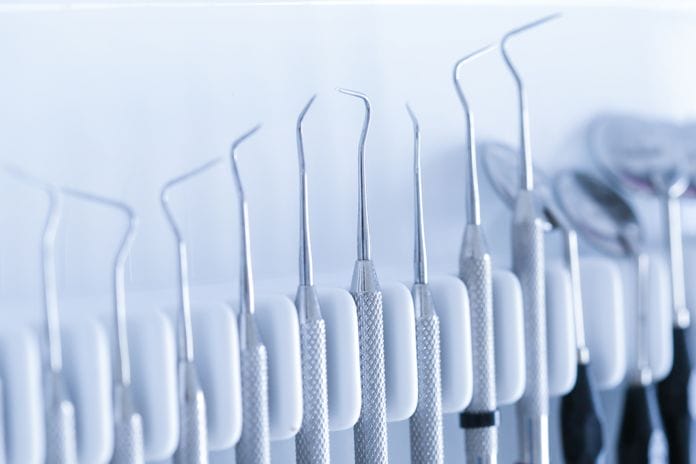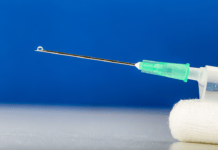I am a new grad and started full-time at a new office. The hygienist I replaced sharpened her instruments once a month. I feel that is not nearly enough, but I know this office doesn’t like ordering new instruments often. My concerns are I don’t want to wear down instruments very fast by over-sharpening, and I don’t want to anger anyone by sharpening more than the previous hygienist, and in turn, look bad. How often should I be sharpening my instruments?
Good question, but a tough question! How often to sharpen instruments depends on many variables like how many setups you have, the amount and difficulty of patients you see, the quality of your instruments, etc. Though a bit older, one study has shown that after 15 strokes an instrument begins to dull/show wear with minor beveling. After 45 strokes, bevels of the cutting edge became even larger.1
Using this figure, you may need to sharpen at least once per week or so. I’m not saying you need to sharpen your instruments after only 15 strokes, but it does give some insight. Basically, if you feel you have to apply more pressure for an effective stroke, it’s time to sharpen. Checking instruments on an acrylic test stick to see if the instrument “sticks” or catches the edge, is a good way to test if your instruments are sharp too.
I understand your concern about not wanting to wear your instruments too quickly. That’s a valid concern. However, don’t compare yourself to the previous hygienist. Just because someone does something one way, doesn’t mean it’s necessarily the correct or most efficient way.
I must also mention that stainless steel instruments last between 9-18 months, depending on the variables mentioned above. To provide the best care for your patients, and to avoid musculoskeletal injury to yourself, you need functioning, not worn out or dull instruments. Any office you work at needs to provide you proper instruments (and equipment) to do your job effectively. Otherwise, you are working harder, not smarter, and to an office, time is money. Food for thought!
SEE ALSO: Ask Kara RDH: Inadequate Instruments when Temping
DON’T MISS: How Do I Do This All in 60 Minutes or Less?!
References
- Tal, H., Panno, J.M., Vaidyanathan, T.K. Scanning Electron Microscope Evaluation of Wear of Dental Curettes During Standardized Root Planing. Journal of Periodontology. 1985; 56(9): 532-536. https://www.ncbi.nlm.nih.gov/pubmed/3897505.












